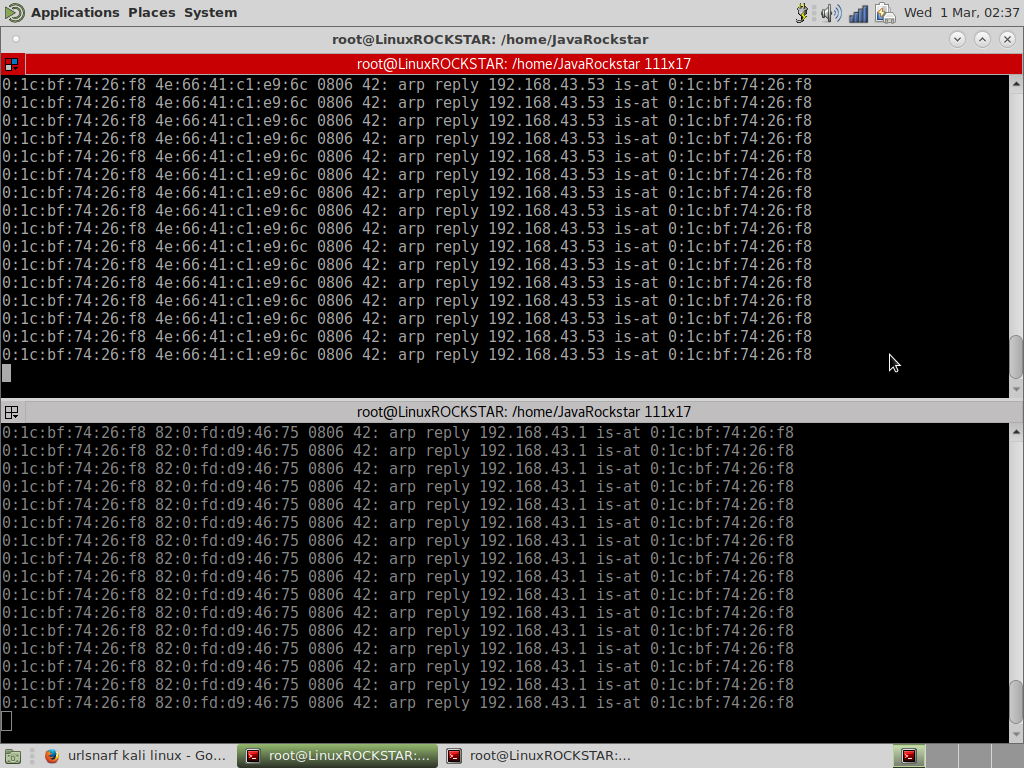

It can also be used to walk through a DNS zone to gather all existing DNS records-a vulnerability called zone enumeration. One such record, NSEC, is able to verify the non-existence of a DNS zone. Zone enumeration – DNSSEC uses additional resource records to enable signature validation.Complex deployment – DNSSEC is often misconfigured, which can cause servers to lose the security benefits or even deny access to a website altogether.As a result, perpetrators are still able to listen in on traffic and use the data for more sophisticated attacks. Lack of data confidentiality – DNSSEC authenticates, but doesn’t encode DNS responses.While DNSSEC can help protect against DNS spoofing, it has a number of potential downsides, including:

This signature is then used by your DNS resolver to authenticate a DNS response, ensuring that the record wasn’t tampered with. The protocol creates a unique cryptographic signature stored alongside your other DNS records, e.g., A record and CNAME. What’s more, DNS servers do not validate the IP addresses to which they are redirecting traffic.ĭNSSEC is a protocol designed to secure your DNS by adding additional methods of verification. Request demo Learn more DNS spoofing mitigation using domain name server security (DNSSEC)ĭNS is an unencrypted protocol, making it easy to intercept traffic with spoofing. The fake website is displayed to users as a result and, only by interacting with the site, malware is installed on their computers. Finally, a tool (e.g., dnsspoof) is used to direct all DNS requests to the perpetrator’s local host file.The perpetrator sets up a web server on the local computer’s IP and creates a fake website made to resemble.The host file, 192.168.3.300 is created on the attacker’s local computer, which maps the website to their local IP.As a result, IP packets sent between the client and server are forwarded to the perpetrator’s computer. The attacker issues the Linux command: echo 1> /proc/sys/net/ipv4/ip_forward.The attacker once again uses arpspoof to issue the command: arpspoof 192.168.2.200 192.168.1.100, which tells the client that the perpetrator’s computer is the server.This modifies the MAC addresses in the server’s ARP table, causing it to think that the attacker’s computer belongs to the client. Such a scenario would proceed as follows: At the same time, the server is made to think that the client’s IP is also 192.168.3.300. In this scenario, a tool (e.g., arpspoof) is used to dupe the client into thinking that the server IP is 192.168.3.300. The following example illustrates a DNS cache poisoning attack, in which an attacker (IP 192.168.3.300) intercepts a communication channel between a client (IP 192.168.1.100) and a server computer belonging to the website 192.168.2.200).


 0 kommentar(er)
0 kommentar(er)
